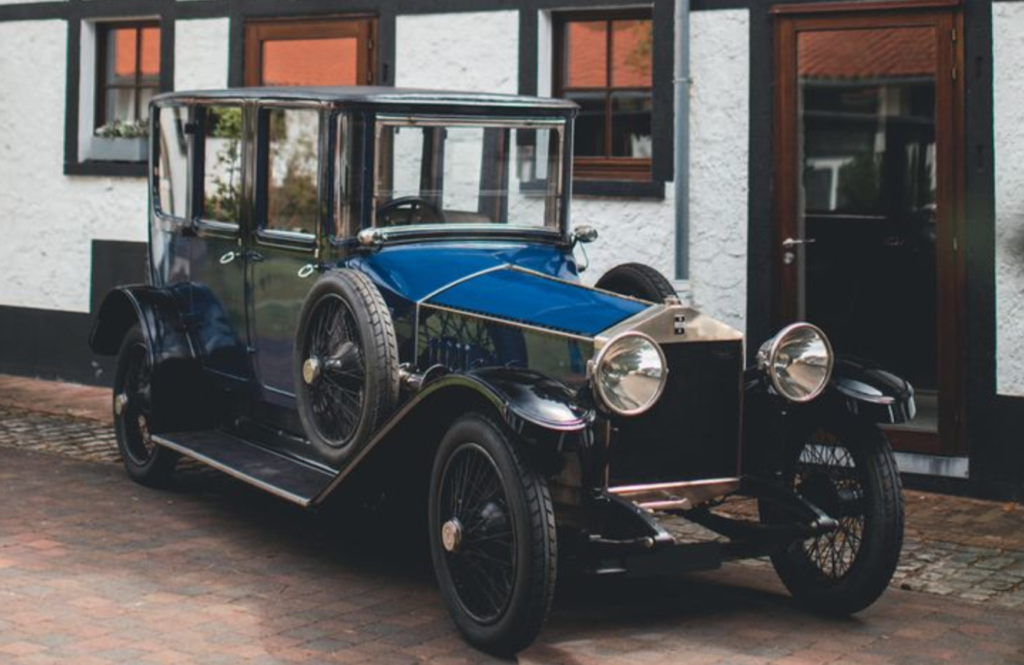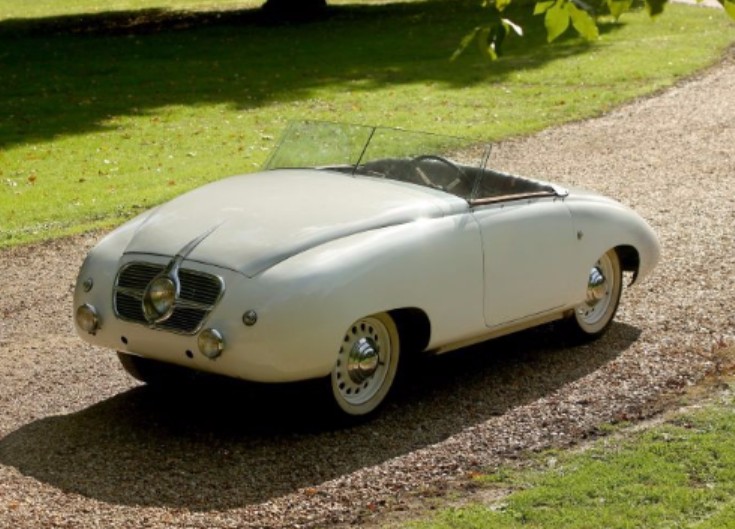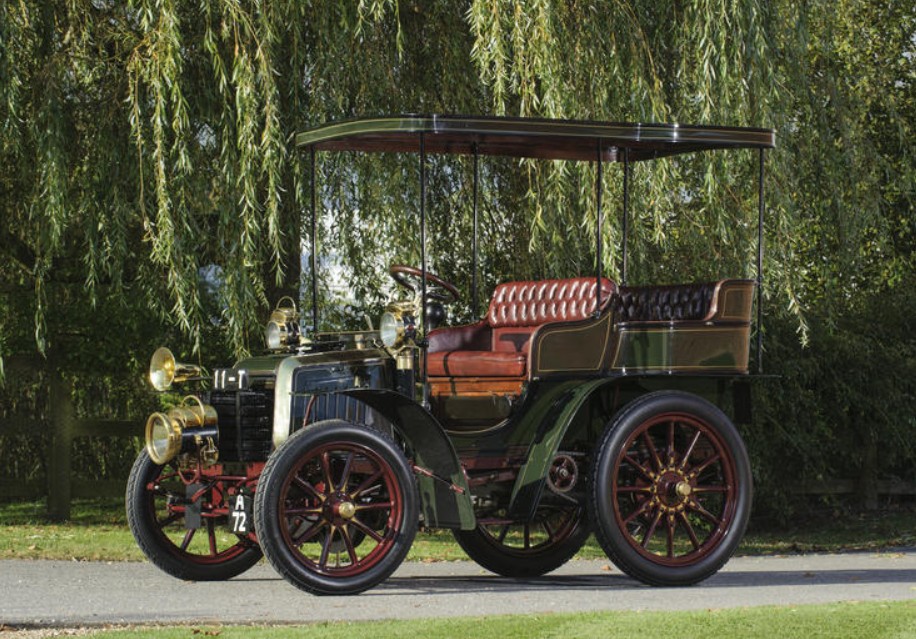1913 Sizaire-Berwick 60HP Limousine by Labourdette
Offered by Aguttes | Neuilly, France | June 20, 2021

Sizaire-Berwick was founded in Paris but was financed in England. The chassis and engines were manufactured in the Courbevoie factory, and they were bodied in England, where most of the cars were to be sold. Maurice and Georges Sizaire had previously founded Sizaire-Naudin, and they teamed up with Frederick Berwick (the British importer of Corre La Licorne) in 1913 (the year after they left Sizaire-Naudin).
The company managed to churn out 139 examples before WWI started. They were powered by a Maurice Sizaire-designed 4.1-liter inline-four that made 60 horsepower when new. Those 139 chassis built before the war? Well most ended up bodied for the British military as armored cars.
This one, by some miracle, ended up bodied by Labourdette. It’s never been restored and has spent time on museum duty after staying disassembled with its first owner (at a castle, naturally) until 1968. It’s kind of unusual for its time in that it has an electric starter and completely closed bodywork.
After WWI, there ended up being British and French-built Sizaire-Berwick cars. Things got confusing and messy, and the marque disappeared after 1927. This car is expected to sell for between $100,000-$145,000. Click here for more info and here for more from this sale.
Update: Not sold.





